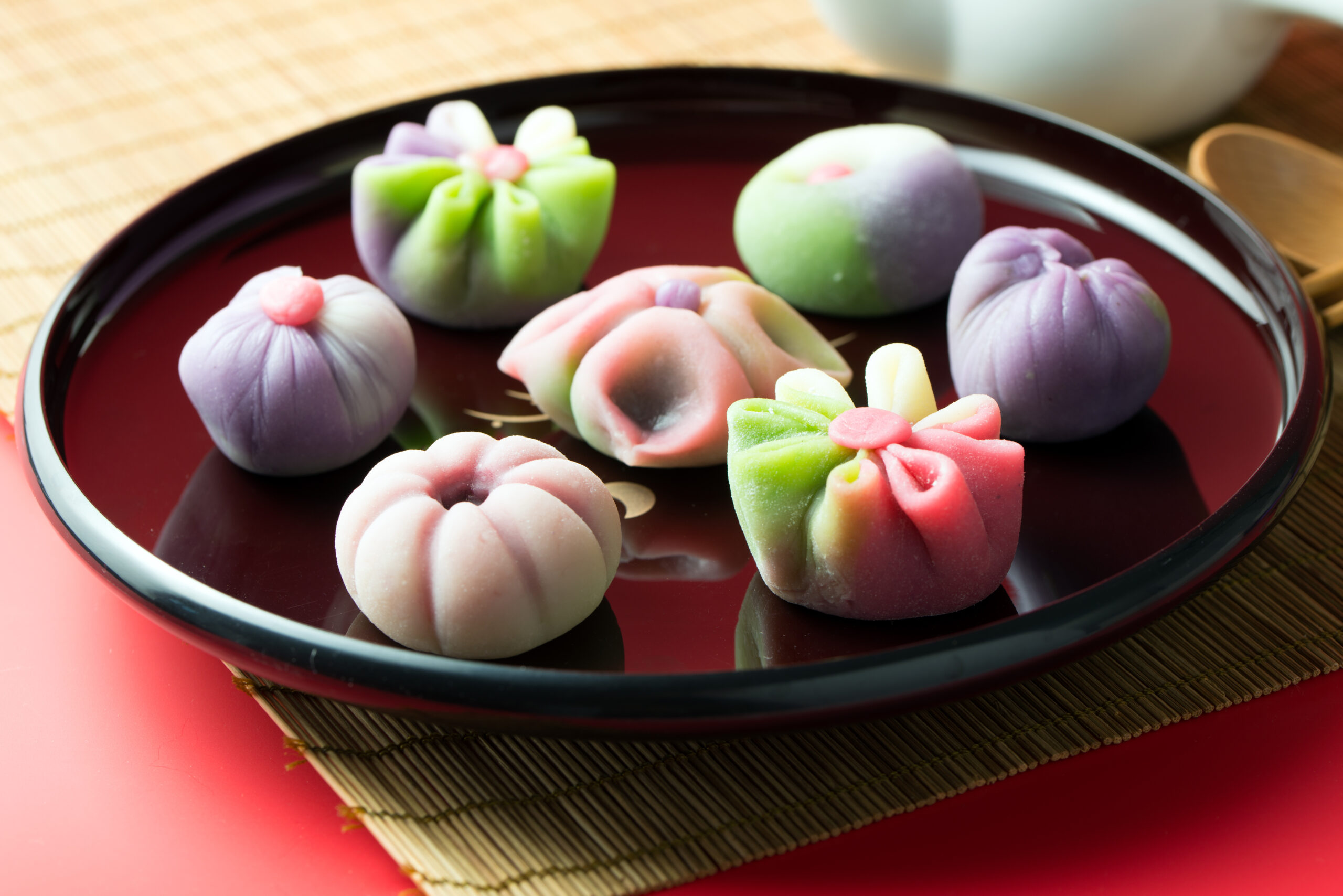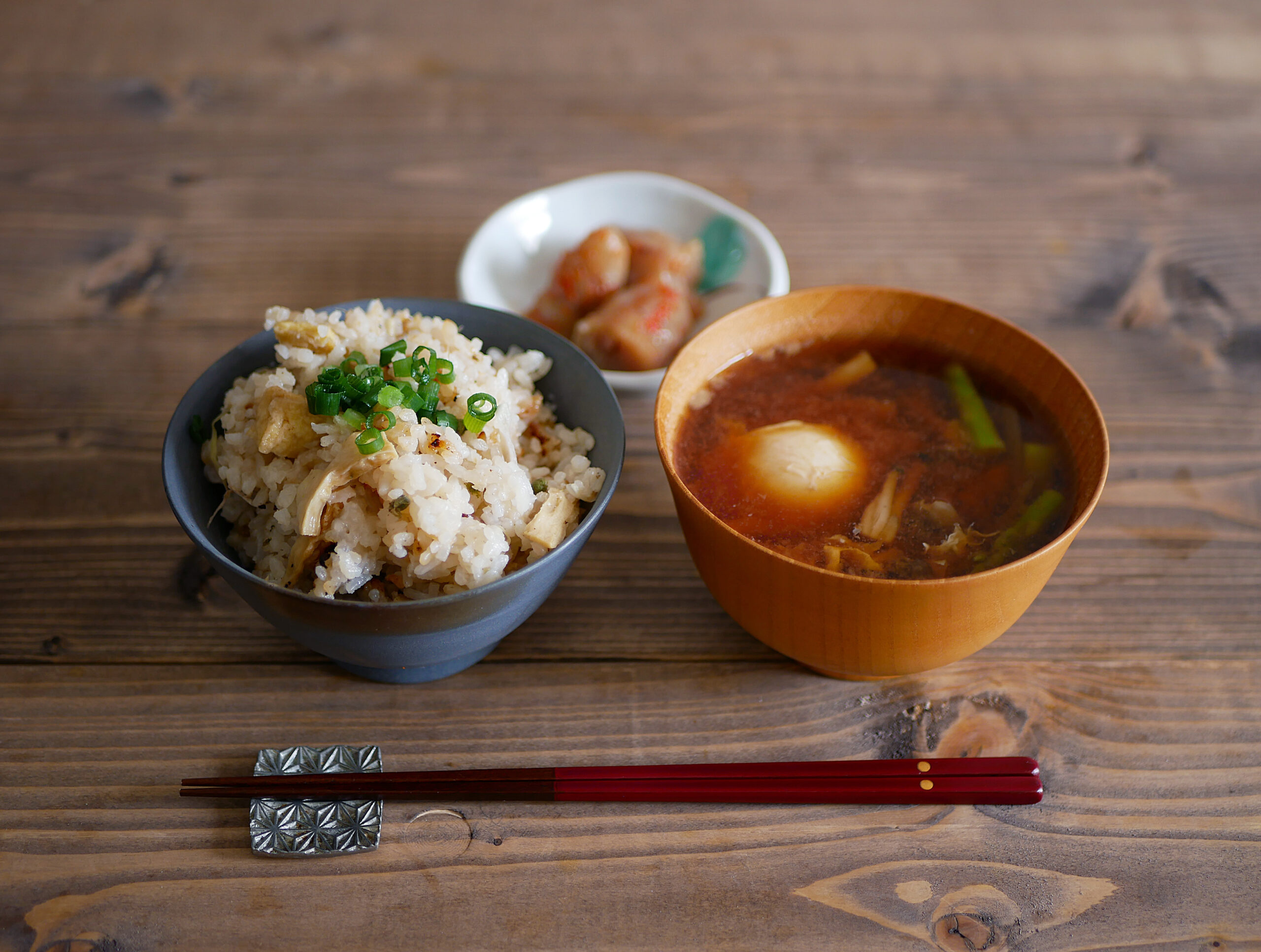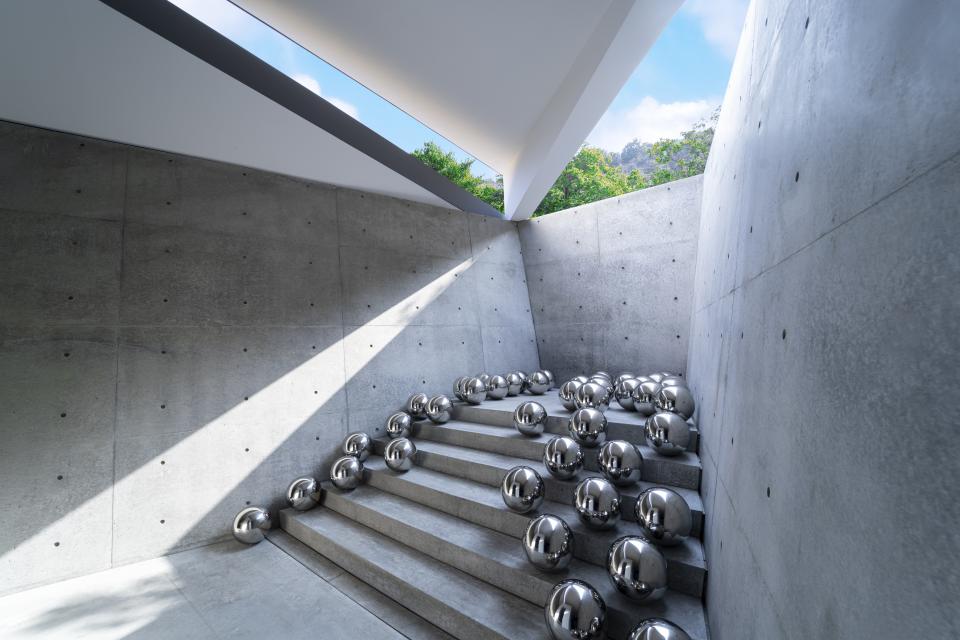Osaka: From Ancient Port to Japan’s Culinary Capital
Osaka is one of Japan’s most historically rich regions, with deep political, cultural, and economic roots. Dating back to the 4th century, it was once known as Naniwa, a thriving port city. During the Asuka period, it became a key hub for diplomacy and trade, and by the 7th century, the Naniwa Palace had made it a temporary capital of Japan.
In the late Sengoku era, Toyotomi Hideyoshi built Osaka Castle on the grounds of a former temple, turning the city into a powerful political and commercial center. Known as “the nation’s kitchen,” Osaka flourished in trade—especially in rice and food—serving as a hub for goods shipped throughout Japan.
Under Tokugawa rule in the Edo period, Osaka thrived as Japan’s economic center. Following the Meiji Restoration, it quickly industrialized and became a modern metropolis. Though heavily damaged during WWII, the city recovered swiftly and continues to grow.
Today, Osaka is a dynamic hub in the Kansai region, offering rich history, vibrant culture, and unforgettable culinary experiences. With Encounter Japan Travel, your travelers can explore lesser-known spots across the city that bring their journey to life.
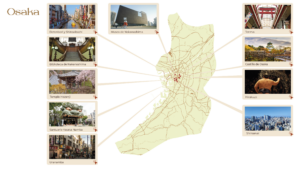
Vibrant Energy, Bold Flavors, and Living Culture
- Osaka Castle – A national symbol and battlefield site during the Edo era, this historic fortress is surrounded by a 106-hectare park, ideal for strolling during cherry blossom or plum blossom season. Boat rides through the moat add a relaxing touch.
- Dotonbori & Shinsaibashi – The beating heart of Osaka’s shopping and nightlife. Shinsaibashi is a 1.5 km shopping street full of traditional and modern stores, connecting to the neon-lit Dotonbori area. Here, iconic signs like the Glico Man and the vibrant Ebisubashi bridge create the perfect backdrop for tasting Osaka’s famous street food.
- Hirakuza – A hands-on sumo experience for international visitors, offering live demonstrations, traditional food (including halal and vegan options), and souvenir shops. A year-round opportunity to explore the sacred rituals of sumo and Shinto culture in a fun and interactive way.
- Shinsekai – This retro district south of the city captures Osaka’s past with glowing lanterns, narrow alleys, and local snacks like takoyaki and kushikatsu. Towered over by the Tsutenkaku Tower, it’s a great place to soak in local vibes.
Art and Architecture
- Nakanoshima Museum of Art – A beautiful collection ranging from Japanese and Western paintings to modern art and photography. Exhibits include works by Modigliani, Yuzo Saeki, and other global artists.
- Nakanoshima Children’s Library – Designed by architect Tadao Ando, this reading space is a “forest of books” meant to foster curiosity and imagination. It’s perfect for families looking to enjoy literature in a stunning setting.
Sacred Spots
- Hozenji Temple – Hidden in the busy streets of Osaka, this temple honors Fudō Myōō. Visitors pour water over the moss-covered statue for good fortune and protection.
- Yasaka Namba Shrine – In the center of Namba, this shrine features a giant 12-meter lion head (Shishiden) believed to absorb bad spirits. During festivals, it becomes the stage for sacred dances and spiritual celebrations.
Izakaya Hopping: Nightlife With Local Flavor
Osaka is a great place to dive into izakaya culture—Japanese taverns offering sake, beer, and small plates.
With Encounter Japan Travel, you can guide your clients through an Izakaya Hopping Tour in some of Osaka’s best neighborhoods:
- Tenma – Close to Osaka Station and home to Japan’s longest shopping street, Tenjinbashi-suji. At night, the alleys come alive with lanterns, open kitchens, and friendly locals.
- Uranamba – Tucked behind Namba’s buzz, this area is full of cozy izakayas and hidden bars. For a more upscale experience, nearby Umeda and Kitashinchi offer gourmet dining, while Shinsaibashi and Shinsekai keep things casual and traditional.
Easy Day Trips from Osaka
Your travelers can also explore nearby cities from Osaka with private transfers arranged by Encounter Japan Travel for extra comfort.
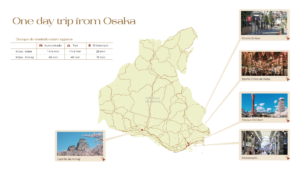
Himeji
- Castillo de Himeji:– Home to the UNESCO-listed Himeji Castle, also called the “White Heron Castle,” one of Japan’s 12 original surviving castles.
Kobe
- Meriken Park – A waterfront park blending modern art, architecture, and scenic walks. A great place for night cruises.
- Motomachi Street – A cultural crossroads with Western and Japanese influence.
- Kitano Ijinkan – A historic area with European-style homes turned into museums and cafes.
- Kobe Chinatown – A bustling area born during Japan’s opening to the world in the 19th century.
Awaji Island
- Zenbo Seinei – A zen retreat by architect Shigeru Ban. Guests can experience meditation, plant-based meals, and tranquil design in a nature-filled environment.
Hiroshima: A City of Memory and Resilience
Hiroshima’s history dates back to 667 BC, when, according to tradition, Emperor Jinmu stayed in the region. During the Yamato period, kofun burial mounds (massive tombs covered with earthen mounds where powerful families or clan members were buried) flourished, reflecting the power of local clans.
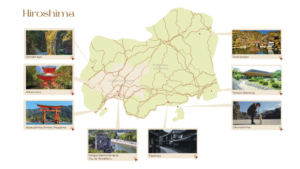
Later, in 594, Itsukushima Shrine was founded, which Taira no Kiyomori expanded in 1164. This shrine, partially built over the sea, has become one of Japan’s most important spiritual icons.
During the Sengoku era, Hiroshima was the base of the powerful Mōri clan, who not only politically dominated the region but also initiated the tradition of oyster farming, a practice that continues to this day. During the Edo period, the city was noted for its iron production using the Tatara iron-making method (a method used to smelt iron sand into Tamahagane steel, then break it into smaller pieces and use it to forge katanas, or knives), essential for making tools and weapons.
With Japan’s modernization during the Meiji era, Hiroshima became a strategic military center. The neighboring city of Kure established itself as a major naval base, and its shipyards were the site of the battleship Yamato, a symbol of Japanese naval power.
On August 6, 1945, Hiroshima was the scene of the first nuclear attack in history, with devastating consequences. Despite the enormous losses, the city was reborn with a vision of peace. Today, it houses the Peace Memorial Museum, a center for global reflection on nuclear disarmament.
Today, Hiroshima is also a modern industrial city, home to the Mazda car brand and major shipyards. It’s a destination that combines memory, tradition, and vitality, inviting travelers to discover not only the events that shaped its history, but also its capacity for transformation.
Peaceful and Historic Sites in Hiroshima
- Hiroshima Peace Memorial Park – Once the city’s political and commercial center, now a symbol of global peace with lush greenery and quiet reflection.
- Okunoshima (Rabbit Island) – A unique island where friendly rabbits roam freely, offering a peaceful escape and natural beauty.
- Takehara – Known as the “Little Kyoto of the Seto Inland Sea,” with Edo-era architecture and a calm coastal atmosphere.
- Mitaki-dera Temple – A hillside temple named after its three waterfalls. A peaceful sanctuary full of autumn colors and a pagoda relocated in memory of atomic bomb victims.
Miyajima
- Itsukushima Shrine – Built in 593, this floating shrine on Miyajima Island is one of Japan’s most iconic and photogenic landmarks.
Fukuyama
- Shinshoji Temple – A zen temple in a peaceful forest, offering tea ceremonies, art galleries, and meditation for a deeply spiritual visit.
Day Trips from Hiroshima
From Hiroshima or Miyajima Port, your travelers can visit nearby destinations via train, bus, or private transport arranged by Encounter Japan Travel.
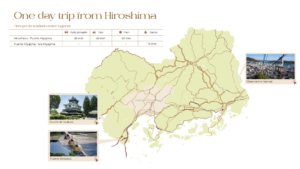
Iwakuni
- Kintaikyo Bridge – A five-arched wooden bridge that blossoms in spring.
- Iwakuni Castle & Kikko Park – A historical walk through samurai-era scenery.
Onomichi
- Senkoji Temple and Observatory – A serene hilltop temple with sweeping views, perfect for meditation and nature lovers.
Discover Japan’s Hidden Stories with Encounter Japan Travel
Traveling through Osaka and Hiroshima isn’t just a journey across Western Japan—it’s a dive into living history, local flavors, and cultural contrast.
With Encounter Japan Travel, your clients can enjoy personalized itineraries, private transfers, and immersive experiences that connect tradition, modernity, and unforgettable landscapes.
Let us help you open new doors to a Japan that surprises, inspires, and transforms.

